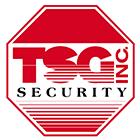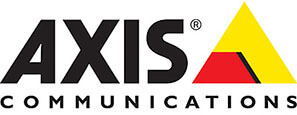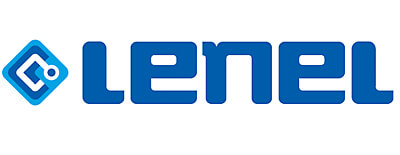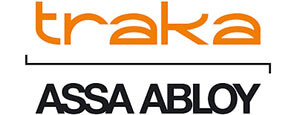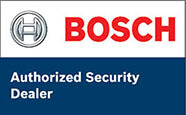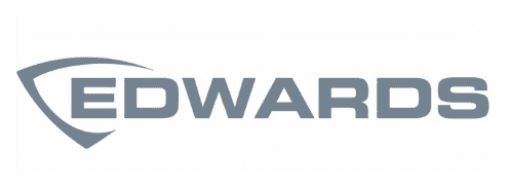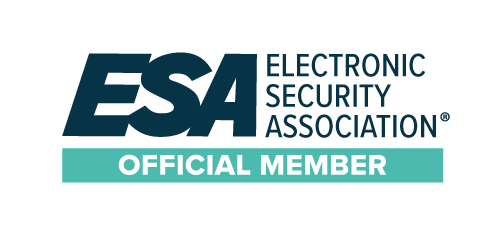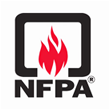How to Test and Maintain Your Commercial Fire Alarm
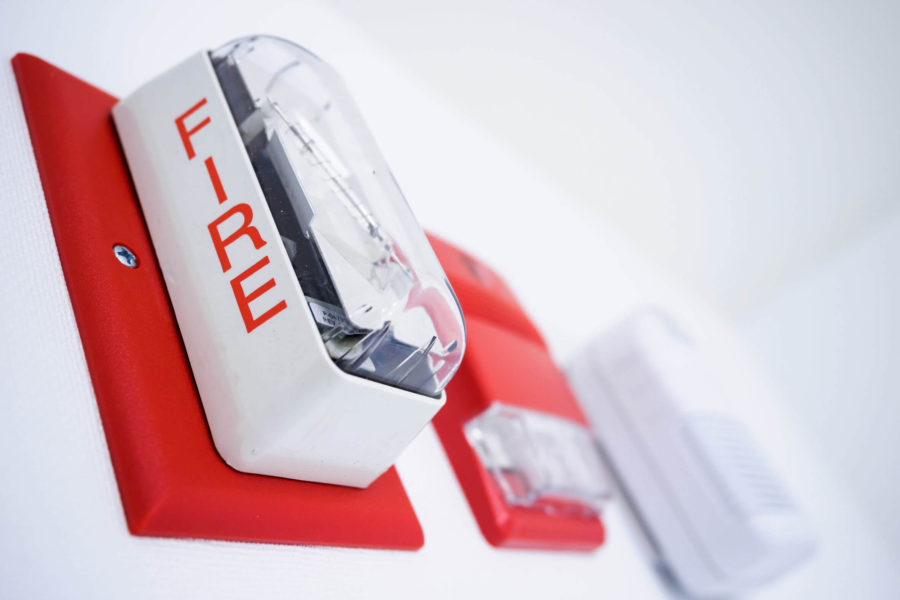
Fire safety is essential – nobody doubts this. Some people believe that a well-designed system straight from the manufacturer is sufficient, but unfortunately, it is not. Commercial fire alarm systems need regular testing and maintenance to perform properly and protect the people and assets you care about most.
Experience shows that the most common problems with smoke detectors and fire alarm systems are battery drain, dirty or failed detectors, false alarms, ground faults, failed relays, and horn or strobe failures. The table below outlines each of these issues along with recommended testing and maintenance for them.
Commercial Fire Alarm Concerns and Recommendations
| Concern Area | Problem | Testing & Inspection | Maintenance |
| Batteries | Batteries drain over time and become insufficient to power the system in normal or back-up mode. A properly designed fire alarm system meets the requirements for standby battery capacity. Typically, battery size is calculated to allow the fire alarm to be without power for a specified period of time and then be able to sound the alarm for a specified period of time. | Batteries need to be tested under load. Specialized battery load testers should be used to test battery capacity. In addition, it is important to measure the charging current to the battery to ensure it is not being over or under charged (+/- 20%) in normal system operation. | It is recommended that batteries in the 50-70% capacity range be replaced. Batteries below 50% capacity level are at high risk of failure and should be replaced immediately. The typical lifespan of a sealed lead acid normally used in fire alarm applications is 3-5 years. Batteries should be labeled and dated when installed or replaced. |
| Detectors (Smoke, Duct) | Dirty detectors cause false alarms, especially in areas where there is a high percentage of airborne dust particles that can settle and collect on equipment. Duct detectors are more susceptible to dirt collection. Changing filters in HVAC equipment often causes new patterns of air circulation that can cause dust to settle on duct detectors. Smoke detectors in relatively open spaces can at times become dirty as well (depending on the environment and air movement). | Each detector should be tested for operation per using the manufacturer’s recommended test method. Some intelligent fire alarms report individual detector sensitivity (obscuration percentage). In systems where device sensitivity is not available through the panel, specialized equipment may be required to properly test detectors to determine percentage of obscuration. | Detectors with an obscuration rate higher than the manufacturer’s recommendation need to be cleaned or replaced. Using forced air for cleaning detectors is generally not recommended as it may damage the sensors. Light vacuuming is generally acceptable. Some detectors have a removable chamber that can be washed out. It is important to follow the manufacturer’s specification for cleaning. |
| Heat Detectors | Thermal element sensitivity declines over time. Heat detectors are often installed in dusty or otherwise dirty environments. Rate of rise detectors can have ports that get clogged and lessen the detectors ability to sense heat. | Testing depends on type of heat detector. Common detector types include rate of rise sensors, fixed temperature sensors and combination rate of rise/fixed temperature. Rate of rise detectors can be tested by simulating a heat source. Once a fixed temperature device is actuated by applying heat, it must be replaced. Some codes require a replacement of 10% of fixed temperature heat sensors each year and electrical circuit testing of the remainder of the devices. | Keep heat detectors clean and never paint them. Follow the manufacturer’s recommendation and applicable codes for testing and maintenance. |
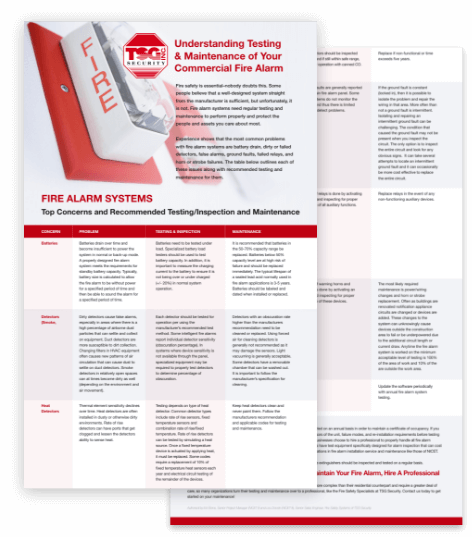
Don't have time to read this article? Download the PDF.
| Ionization Type Smoke Detectors | Ionization type smoke detectors are designed to detect fire in its earliest stage when smoke particles may not even be visible. For this reason, ionization detectors are generally more sensitive to dust particles and air movement, creating the opportunity for false or nuisance alarms. | Functionality is tested using canned smoke. | Ion detectors cannot be effectively cleaned and thus should be replaced upon failure. If there are a significant number of false alarms, then it may be advisable to change or reposition the detector. |
| Carbon Monoxide (CO) Detectors | The sensors in CO detectors deteriorate over time and generally considered to have a “safe” life of five years of service. | CO detectors should be inspected for date and if still within safe range, tested for operation with canned CO. | Replace if non-functional or time exceeds five years. |
| Ground Faults | Ground faults occur when an exposed wire touches a metal grounded object or becomes pinched. Ground faults occur over time due to structural shifting, water damage, and construction changes. A ground fault condition can impede your commercial fire alarm system’s ability to function properly. | Ground faults are generally reported to the main fire alarm panel. Some older systems do not monitor the circuits and thus there is limited ability to detect problems. | If the ground fault is constant (locked in), then it is possible to isolate the problem and repair the wiring in that area. More often than not a ground fault is intermittent. Isolating and repairing an intermittent ground fault can be challenging. The condition that caused the ground fault may not be present when you inspect the circuit. The only option is to inspect the entire circuit and look for any obvious signs. It can take several attempts to locate an intermittent ground fault and it can occasionally be more cost effective to replace the entire circuit. |
| Relay Failures | Relays in fire systems control fire doors, magnetic emergency door closures, air dampers, and elevators. They are constantly working inside of the electronics, storing and releasing charged energy, and may fail to operate over time due to wear from opening and closing. While this doesn’t impact the system from alarming in the event of a fire, it could stop auxiliary functions (like a fire door) from operating properly to prevent fire or smoke from spreading. | Testing of relays is done by activating an alarm and inspecting for proper operation of all auxiliary functions. | Replace relays in the event of any non-functioning auxiliary devices. |
| Notification Device Failures | Warning horns and strobes are susceptible to electronic failure due to age and deterioration. These devices are constantly receiving signals from the associated notification circuit which can lead to wear of internal electronic components. | Testing of warning horns and strobes is done by activating an alarm and inspecting for proper operation of these devices. | The most likely required maintenance is power/wiring changes and horn or strobe replacement. Often as buildings are renovated notification appliance circuits are changed or devices are added. These changes to the system can unknowingly cause devices outside the construction area to fail or be underpowered due to the additional circuit length or current draw. Anytime the fire alarm system is worked on the minimum acceptable level of testing is 100% of the area of work and 10% of them are outside the work area. |
| Outdated Software | Commercial fire alarms require periodic software and firmware updates to correct issues discovered over time. | Update the software periodically with annual fire alarm system testing. |
Most jurisdictions require commercial fire alarm systems to be tested and inspected on an annual basis in order to maintain a certificate of occupancy. If you have a commercial fire alarm system, you’ll need to understand the specific sensors of the unit, failure modes, and re-installation requirements before testing the system. While you could take the time to learn about these systems, many businesses choose to hire a professional to properly handle all fire alarm maintenance. Professional organizations who regularly inspect fire alarm systems have test equipment specifically designed for alarm inspection that can cost tens of thousands of dollars. Additionally, they employ a trained staff with certifications in fire alarm installation service and maintenance like those of NICET.
In addition to fire alarm systems, suppression systems, sprinkler systems, and fire extinguishers should be inspected and tested on a regular basis.
If You Don’t Want To/Know How To Test & Maintain Your Commercial Fire Alarm, Hire A Professional
Any failure from a fire alarm is one too many. Commercial fire alarms are much more complex than their residential counterpart and require a greater deal of care, so many organizations turn their testing and maintenance over to a professional, like the Fire Safety Specialists at TSG Security. Contact us today to get started on your maintenance!
Authored by Ed Stone, Senior Project Manager (NICET II) and Lou Dovolo (NICET III), Senior Sales Engineer, Fire Safety Systems of TSG Security.
